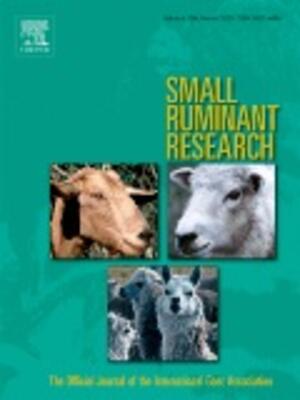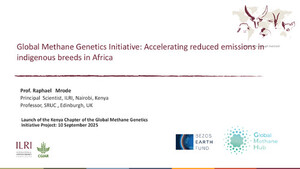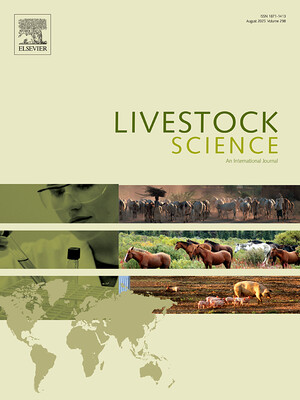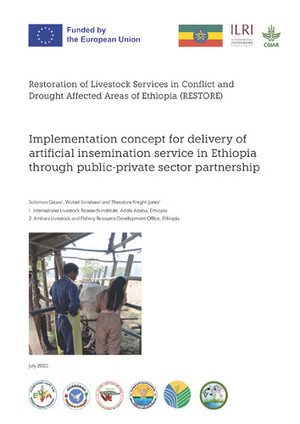
Genome-wide Insights of Ethiopian indigenous sheep populations reveal the population structure adheres to tail morphology than phylogeography
Abstract
Ethiopia is endowed with huge traditional sheep populations spread across diverse ecology and production systems. We investigate genome-wide genetic diversity and population structure of eight Ethiopian Sheep populations genotyped with Illumina Ovine 50K SNP BeadChip assay. Mean genetic diversity ranged from 0.352±0.14 for Horro to 0.379±0.14 for Arsi- Bale sheep while estimates of genetic differentiation among populations ranged from 0.004 to 0.074. To investigate the genetic relationships in greater detail and infer population structure of Ethiopian sheep populations at the continental and global levels, populations from east Africa (Kenya), north Africa (Egypt, Morocco), South Africa, Middle East and Asia were included. The population structure analysis revealed clustering of eight Ethiopian sheep populations according to tail phenotype i.e., short fat- tailed, long fat-tailed and Fat-rumped. Four genetic backgrounds are present within Ethiopian sheep populations but in different proportions. The short fat-tailed sheep types do not represent a monophyletic group rather they show almost similar patterns of two genetic backgrounds. Ethiopian fat-rump sheep also shared a common genetic background with the Kenyan fat-tailed sheep. Low genetic background of Asiatic thin-tailed sheep detected in east and South Africa fat-tailed sheep populations and in Ethiopia fat-rumped sheep population suggest independent introduction of thin tailed sheep from fat-tailed and fat rumped sheep into Africa. The influence of Horro sheep on almost all other Ethiopian sheep populations and formation of almost pure genetic background suggest wider dispersion of the population in different regions of Ethiopia and requires to further investigation into its unique genetic potential. Our findings indicate that the observed large within Ethiopian sheep population variation can be exploited through appropriate breeding strategies by managing gene flow between populations. Overall, the population structure of Ethiopian sheep populations follows a clear pattern of the tail morphology than their phylogeography.
Citation
Agraw, A.A., Gurja, B., Yao, N., Kyalo, M., Dessie, T., Kebedey, A., Tesfaye, G., Jean-Baca, Zewdu, E., Hanotte, O. and Getinet, M.T. 2019. Genome-wide Insights of Ethiopian indigenous sheep populations reveal the population structure adheres to tail morphology than phylogeography. Paper presented at the Seventh All Africa conference on Animal Agriculture, Accra, Ghana, 29 July - 2 August 20.










